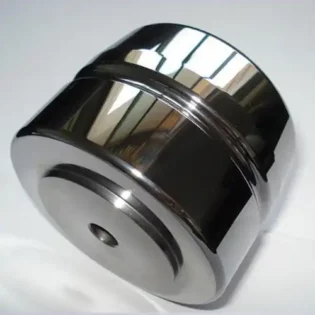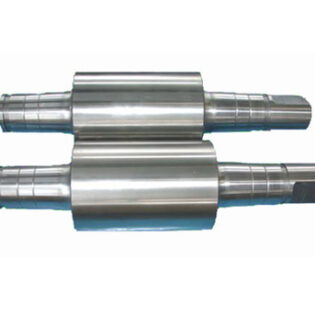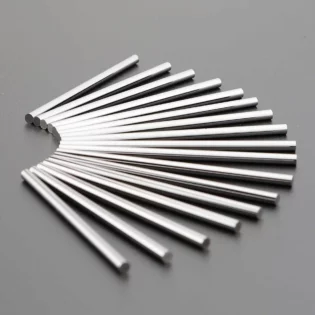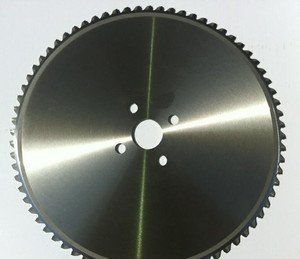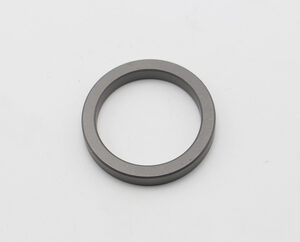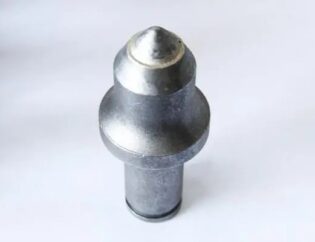A vacuum sintering furnace typically consists of a furnace body, heating device, vacuum system, and control system. Its basic principle is to sinter powder or bulk materials in a high-temperature and vacuum or inert gas environment, enabling diffusion, thermal cracking, chemical reactions, and other processes at high temperatures to promote material recombination and recrystallization at the microscopic level, resulting in a dense structure and excellent properties, while avoiding oxidation, contamination, and other undesirable effects on the material.
Advantages of vacuum sintering furnaces
- Vacuum sintering reduces the contamination of harmful substances (such as water, oxygen, nitrogen, and other impurities) in the atmosphere that could affect the material, thus avoiding a series of undesirable reactions such as decarburization, carburization, reduction, oxidation, and nitriding. The vacuum environment is unique to other sintering methods, with a residual gas purity equivalent to 99.99987% argon when the vacuum pressure reaches 1.3*10^-1 pascals.
- Vacuum sintering can also remove the oxide film completely before the appearance of liquid phase, thereby improving the wettability of the liquid phase and carbide phase, improving the alloy’s microstructure, and enhancing its performance. Additionally, due to the reduction in the amount of gas inside the green body pores in a vacuum environment, it is easier for the gas products to escape the pores and remove the gas dissolved in the metal, resulting in a higher material density.
- vacuum sintering also results in materials with higher wear resistance and strength, and it has a significant impact on reducing product costs.
Types of vacuum sintering furnaces
Classification by heating methods
a.Resistance heating furnace: uses a resistance wire or electrode as the heating source, with uniform heating, simple control, and suitable for most materials.
b.Induction furnace: uses electromagnetic induction principle for heating, with fast heating speed and ability to achieve localized heating, suitable for specific materials.
c.Electron beam furnace: uses an electron beam as the heating source, with fast heating speed and ability to achieve high temperature heating, suitable for high-temperature refractory materials.
Classification by working temperature:
a.Low-temperature vacuum sintering furnace: generally works at temperatures below 1000°C and is suitable for low-temperature sintering materials.
b.Medium-temperature vacuum sintering furnace: generally works at temperatures between 1000°C and 1600°C and is suitable for most materials.
c.High-temperature vacuum sintering furnace: generally works at temperatures above 1600°C to 2400°C and is suitable for high-temperature refractory materials.
Classification by application field of vacuum sintering furnace:
a.Ceramic vacuum sintering furnace: suitable for the preparation of ceramic materials.
b.Metal vacuum sintering furnace: suitable for the preparation of metal materials.
c.Composite material vacuum sintering furnace: suitable for the preparation of composite materials.
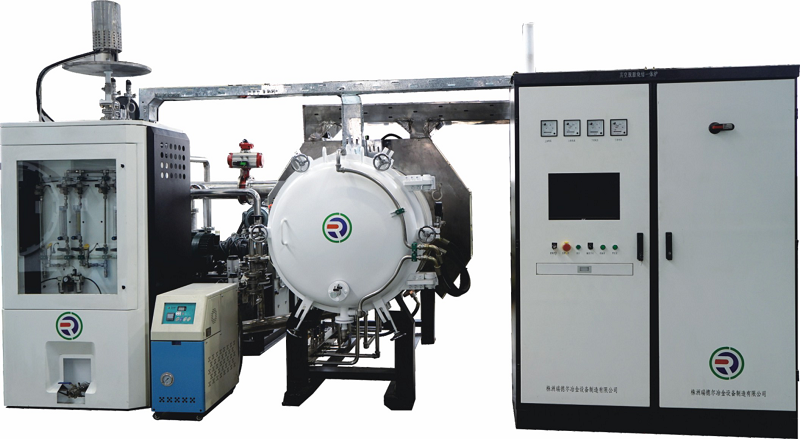
How to select a vacuum sintering furnace
The key to selecting a vacuum sintering furnace is to consider your specific production needs, including material type, sintering process, production scale, and budget. Here are some general steps for selecting a vacuum sintering furnace:
- Determine your production needs and technical requirements, including material type, process requirements, output, and accuracy.
- Based on your production needs, determine the technical parameters of the furnace, including furnace size, maximum temperature, vacuum degree, heating method, cooling method, etc.
- Choose a well-known brand of vacuum sintering furnace manufacturer and consider factors such as equipment quality, after-sales service, and technical support.
- Compare and analyze the product parameters, prices, and other information from different manufacturers, and choose the equipment that best meets your needs.
- Consider the maintenance and upkeep costs of the vacuum sintering furnace, including the cost of furnace lining replacement and consumables.
- Before purchasing, make sure to understand the after-sales service and technical support situation of the purchased equipment so that you can get help and problem-solving in a timely manner.
Vacuum sintering furnace brand with sound quality in the World
- The following are some famous furnace brands that have high visibility and reputation in the international market:
- ECM Technologies: This company is a French manufacturer specializing in vacuum furnaces and hot isostatic pressing (HIP) furnaces. Its products cover various fields, including aerospace, medical, and energy.
- ALD Vacuum Technologies GmbH: This company is a German manufacturer specializing in vacuum sintering furnaces, high-temperature vacuum furnaces, and plasma spray equipment, and its products are suitable for materials science, aerospace, medical, and other fields.
- Linn High Therm GmbH: This company is a German manufacturer specializing in vacuum furnaces, high-temperature vacuum furnaces, and plasma spray equipment, and its products are suitable for fields such as metal, ceramics, and powder metallurgy.
- ULVAC Technologies, Inc.: This company is a Japanese manufacturer specializing in vacuum equipment, including vacuum melting furnaces, and plasma spray equipment, which are widely used in fields such as semiconductors, electronics, and materials.
These brands of vacuum sintering furnaces all have high quality and performance and are widely used in various fields for the preparation and processing of high-performance materials.

